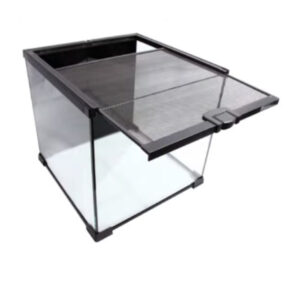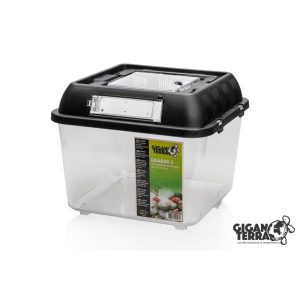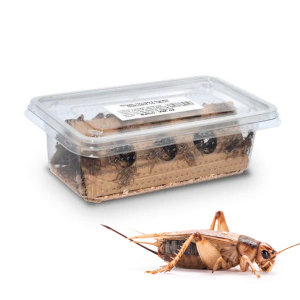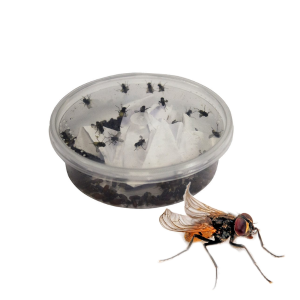✨🕷Free Next-Day Delivery on orders over £150!🕷✨
Menu
-
Products
-
Livestock
-
Setups
-
Care Supplies
-
Terrascaping
Shop By Animal
Plants & moss
- Next-day delivery
Order before 2pm, Mon-Fri excl. bank holiday
- 7 day live guarantee
7-day refund window for health issues.
- Price-matched products
Shop equipment without breaking the bank.
Next Day Delivery! Order before 2pm, Monday-Friday. (Exludes Bank Holidays)
7 Day Live Guarantee for your pet covering 7 days after shipping for peace of mind.
Price Matched Products. Shop equipment without breaking the bank.




























